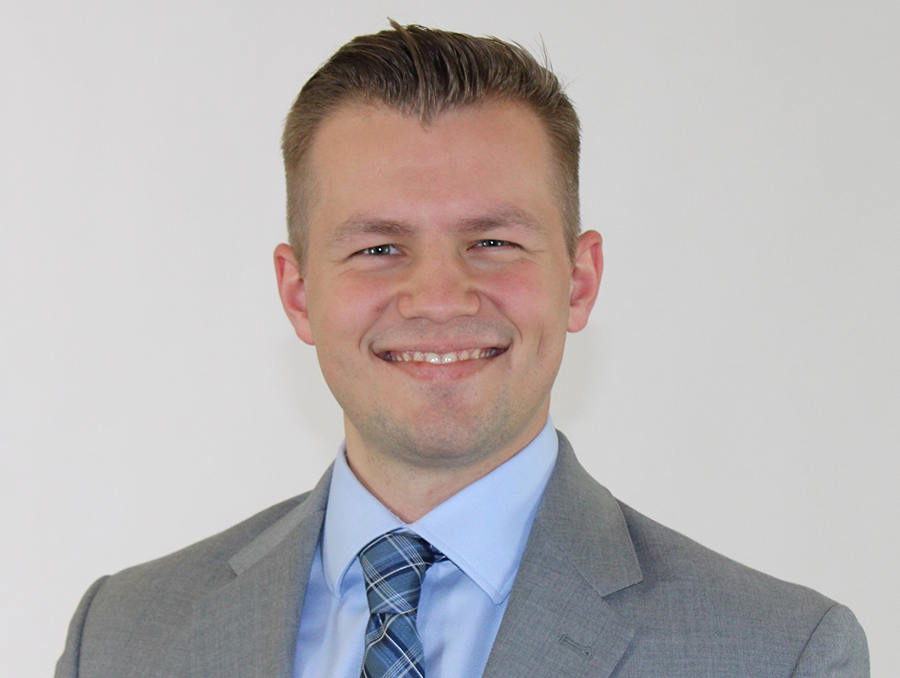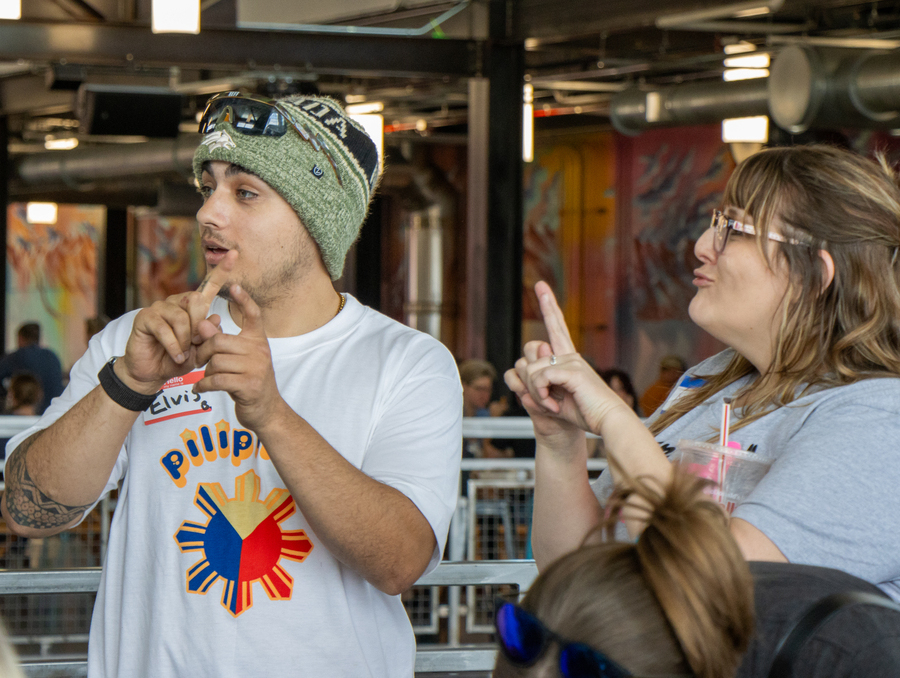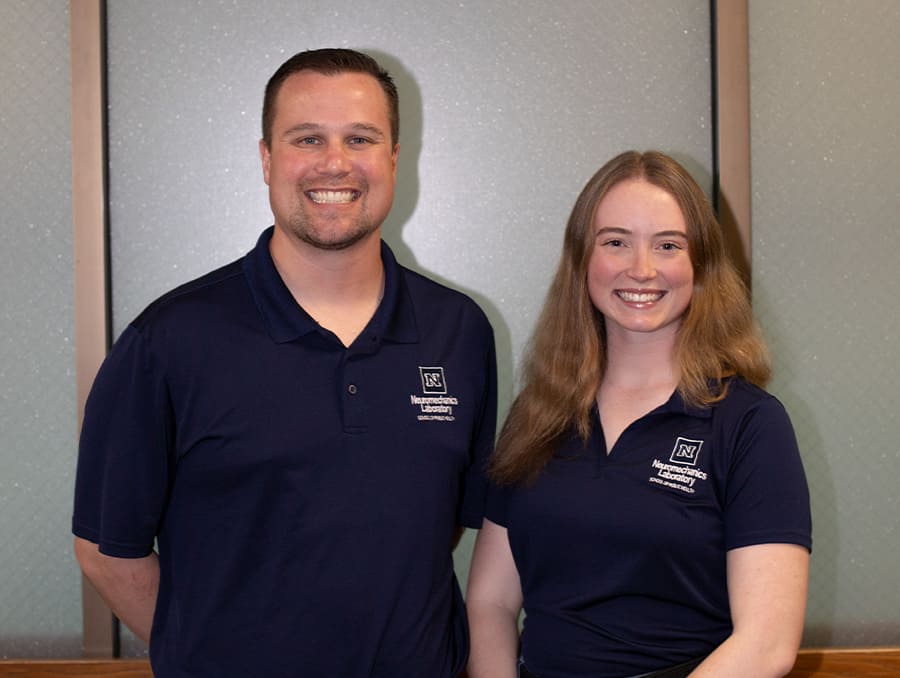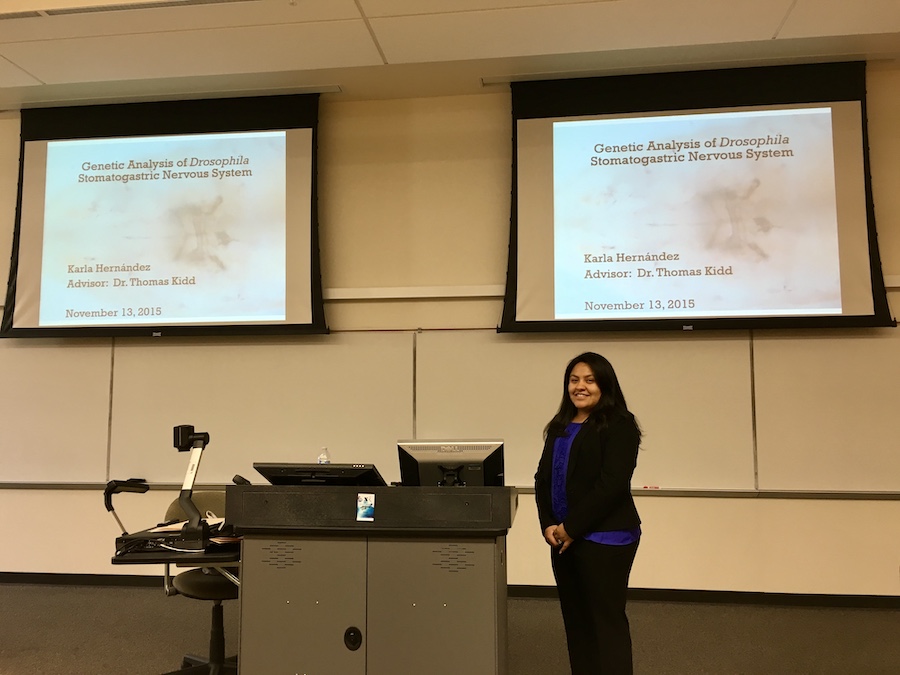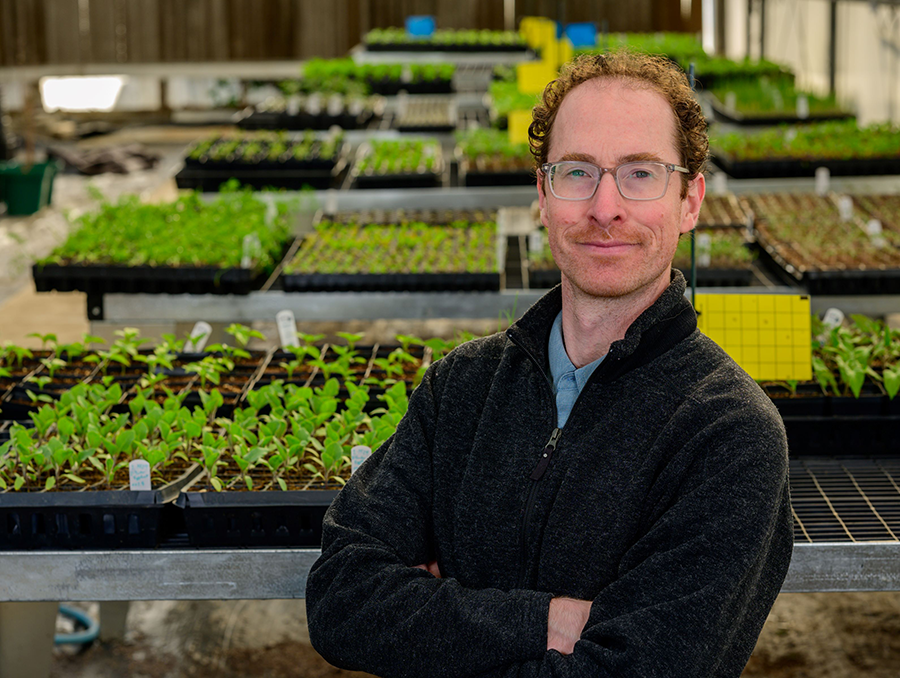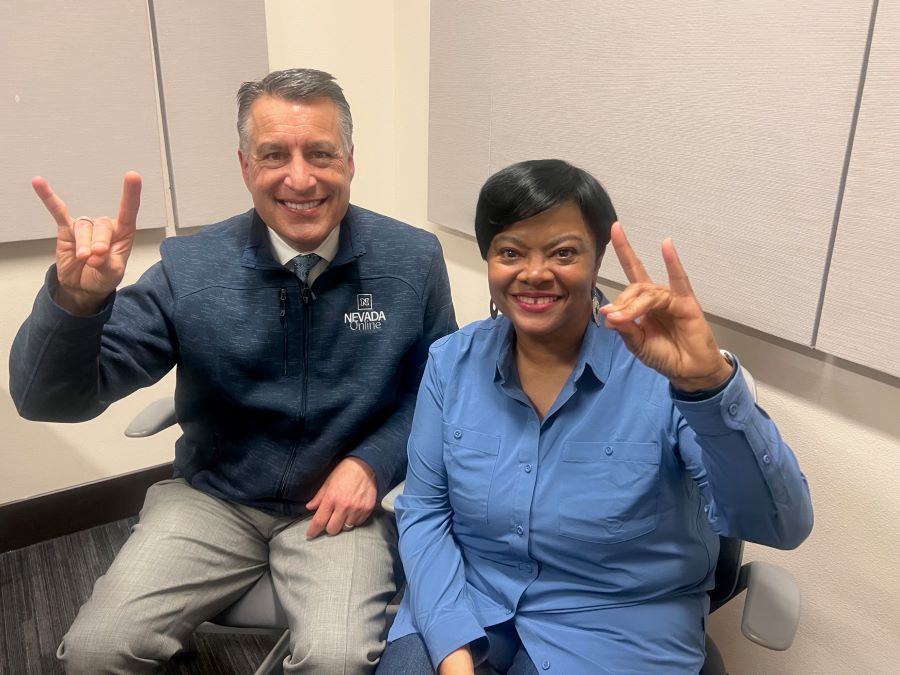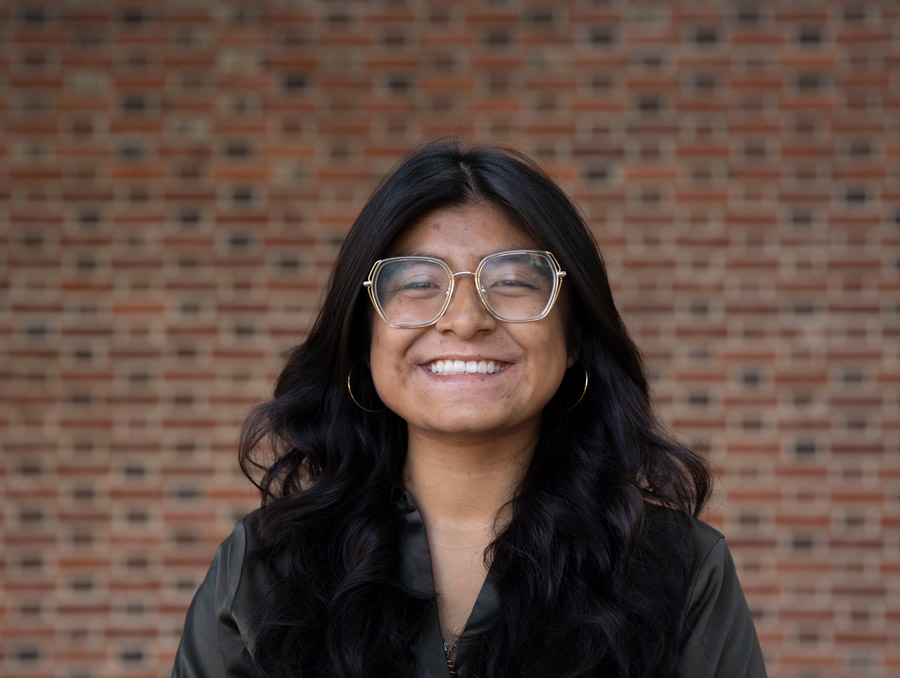The Donald W. Reynolds School of Journalism Building on the University campus has always been a special place.
From its unique atrium entrance to the homey hearth-like feel of the Travis Linn Reading Room to perhaps its most unique feature the ability of students and faculty to communicate simply by popping their heads out from the stairway in the open space above the atrium in order call up to the floor above them, it is truly one of the campus' most eye-catching and memorable structures.
So it was altogether fitting that the celebration of the building's 15th anniversary on Wednesday, April 18 would include several important events, where the words were heartfelt, personal and in the collaborative spirit of a special place.
In addition to a luncheon that honored the Donald W. Reynolds Foundation for providing the first challenge gift in 1987 as well as subsequent funding that led to the opening of the building in 1992, the school also held an evening event in honor of the 15th anniversary of the building. The evening event also commemorated the Jim Joyce Endowment in political communications.
University Provost John Frederick provided all-important context during Wednesday's luncheon regarding what the school has meant to the University.
"I joined the faculty here in 1988 in the Department of Chemistry, before this building was even built," Frederick said during the luncheon, which was held in the Linn Reading Room. He took a step to the left of the podium and pointed to the ground. "I'd like all of you gathered here today to take special note that this spot right here was where I used to park in the morning when I'd come to work."
As the gathered faculty and friends and representatives from the Reynolds Foundation smiled at Frederick's recollection, he continued, smiling broadly, "Even though I lost a great parking space, I have to admit, this building was definitely worth it."
Steve Anderson, president of the Reynolds Foundation, echoed Frederick: "This is a tremendous success story, and this is a wonderful place to go." He praised the work of, among others, faculty members and program directors Rosemary McCarthy and Donica Mensing, as well as Interim Dean Jannet Vreeland, in providing excellent leadership for the school.
Anderson noted that the Reynolds Foundation continues to be impressed with the faculty's work, which has included the beginning of a new graduate program in interactive environmental journalism, as well as the productive work of two faculty members who are endowed chairs through funding from the Reynolds Foundation Ed Lenert and Larry Dailey.
"We are very pleased to be a partner with this Journalism School, and it's our desire to make sure this school becomes one of the best of its kind in the country," Anderson said.
Anderson also directed comments to longtime faculty member Warren Lerude. Lerude, sitting to the side of the tables of Wednesday's luncheon, nodded and smiled as Anderson mentioned Lerude's role in championing the first amendment and in developing a strong bond with the Reynolds Foundation.
"You've been a tremendous asset to this school, Warren," he said.
Nevada President Milt Glick paid tribute to the late Reynolds School Dean Cole Campbell, who died in an automobile accident in Reno in January. Campbell has been credited with furthering the school's commitment to first amendment journalism, as well as civic and community journalism through new media.
"We had a terrible loss this year," Glick said. "It was a personal loss to the people in this room, and it was an institutional loss for our University. One of our highest priorities is to hire a new dean who will not let the great momentum stop."
Glick thanked the Reynolds Foundation for its continued commitment to the school.
"It is both the investments the Reynolds Foundation has made, as well as the lending of Mr. Reynolds' name to this school that causes us to live up to that name," he said, noting that the school has used funding from the Reynolds Foundation to also enrich its technical endowment. "On a national level, when you mention this to others involved in higher education, they are impressed," Glick added. "You don't find many schools where there is a technical endowment that constantly allows us to re-flourish our technology."
Later on Wednesday, a large group of friends, faculty, alumni, students and journalism professionals gathered for the more formal event commemorating both the school's 15th anniversary and the Joyce Endowment.
Jim Joyce, a Nevada graduate, is considered a legend in Nevada political circles. At 6-foot-3, and a classmate of future Nevada Gov. and Sen. Richard Bryan both at Las Vegas High School and the University, Joyce cast an imposing shadow, though he was in person a quiet, serious and thoughtful man. As a lobbyist and campaign strategist in the state from the 1960s until his death in 1993, Joyce had few equals. It has been estimated that of the more than 300 political campaigns he managed during his career, he lost less than 10 percent of them.
Bryan spoke of Joyce's profound impact on the state during Wednesday evening's event, as did State Sen. William Raggio of Reno.
The Joyce Endowment in political communications is designed to equip the Reynolds School of Journalism students and faculty with the tools needed to be excellent and objective communicators of local, state and national politics and the political process.
In speaking about the people who inhabit the building every day, Frederick could have just as easily been speaking about the building itself.
"One of the things that has most impressed me about this group," he said, "was how it has been able to maintain its spirit, though great times and through difficult times. That truly has been a remarkable thing to watch over the years."





